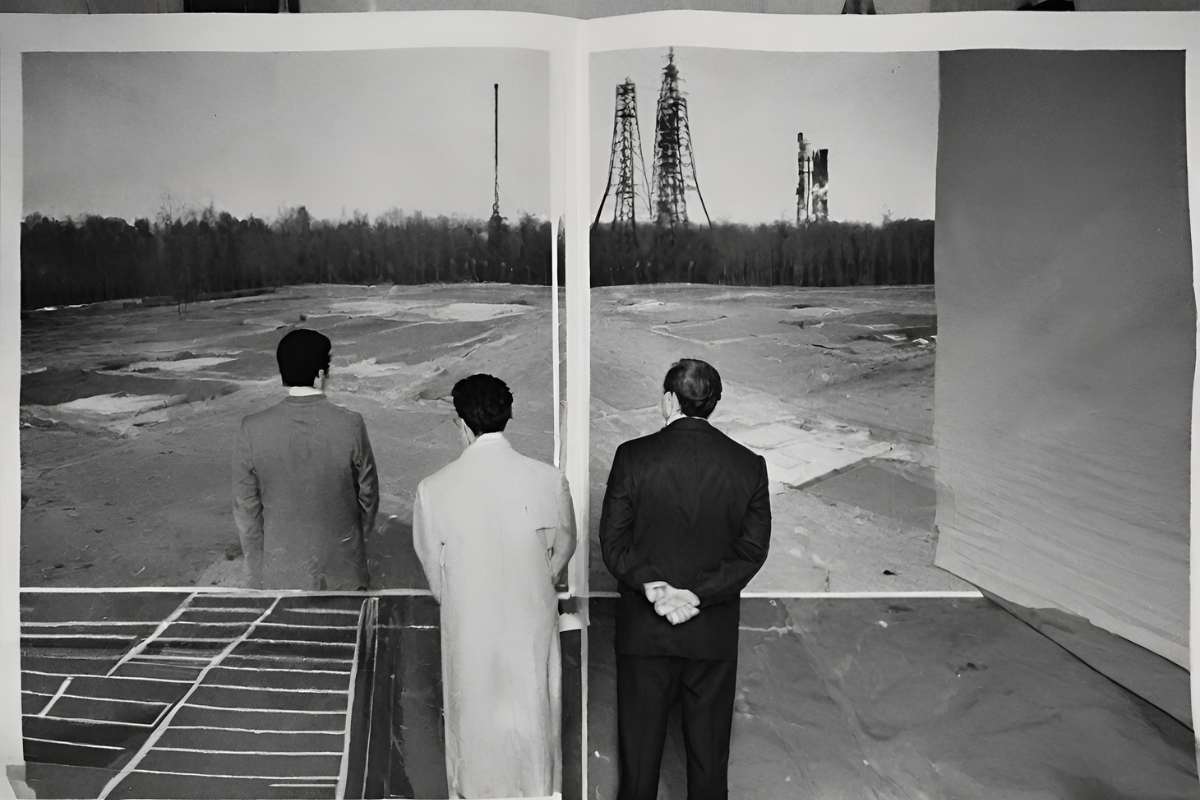The Chernobyl Nuclear Disaster, a catastrophic event that unfolded on April 26, 1986, at the Chernobyl Nuclear Power Plant in the former USSR, stands as a haunting reminder of the perils associated with nuclear energy and the political climate of the time. This calamity was a multi-faceted tragedy that not only brought immense human suffering but also carried substantial implications for the global nuclear industry, international relations, and our understanding of long-term health effects related to radiation exposure. In this article, we will delve into the context of the Chernobyl Nuclear Disaster to understand how it helps tell the story of what was happening at the time.
Flawed Reactor Design: A Recipe for Disaster
The roots of the Chernobyl disaster can be traced back to a flawed reactor design that proved to be a ticking time bomb. The RBMK (Reaktor Bolshoy Moshchnosti Kanalny) reactor, the type employed at Chernobyl, was an unusual and potentially hazardous design, known for its instability at low power levels. This instability was further exacerbated by the operators’ limited understanding of the reactor’s intricacies and a lack of proper training.
The Chernobyl disaster was unique in that it was primarily the result of an inherently unsafe reactor design, which is not representative of the broader nuclear industry. The reactor’s flaws, including the graphite-tipped control rods and the positive void coefficient, allowed the reactor to become uncontrollable during the ill-fated safety test.
The impact of this flawed design was not limited to the accident itself but extended to the lessons learned in the global nuclear industry. The disaster underscored the importance of safe reactor designs and comprehensive training for nuclear plant personnel, leading to increased safety measures and stricter regulations in the post-Chernobyl era.
Radiation-Related Fatalities: A Grim Milestone
The Chernobyl disaster marked a grim milestone in the history of commercial nuclear power. It remains the only accident in this sector where radiation-related fatalities occurred. The explosion and subsequent fire at Chernobyl released enormous quantities of radioactive materials into the environment, contaminating the region for years to come.
The magnitude of this release and its consequences for human health were unprecedented. The disaster resulted in acute radiation sickness for many workers involved in the initial response, and the long-term effects extended to an increased risk of cancer among those exposed to high radiation levels.
Chernobyl emphasized the critical importance of radiation safety measures and emergency preparedness in the nuclear industry. It forced the world to confront the harsh reality of radiation’s immediate and long-term impact on human health and the environment, pushing for stricter safety standards and international cooperation.
Cover-Up Attempt: A Shroud of Secrecy
Two days after the catastrophic explosion at Chernobyl, the rest of the world remained in the dark as the Soviet authorities attempted to cover up the event. The secrecy surrounding the disaster was a reflection of the political climate at the time, where the Soviet government was reluctant to acknowledge its failures and shortcomings.
However, the shroud of secrecy began to unravel when, on April 28, Swedish radiation monitoring stations located 800 miles away from Chernobyl detected unusually high levels of radiation. With this discovery, the Soviets could no longer conceal the disaster. The Kremlin finally admitted that an accident had occurred at Chernobyl but assured the world that the situation was under control.
The attempted cover-up exposed the inherent risks of centralized authoritarian systems in managing critical safety incidents. It highlighted the need for transparency, accountability, and open communication, particularly in situations involving nuclear technology that can affect people and environments beyond national borders.
Evacuation and Exclusion Zone: A Haunting Legacy
In the aftermath of the Chernobyl disaster, the Soviet Union embarked on a massive evacuation effort. A staggering 335,000 people were relocated from the affected areas, and a 19-mile-wide “exclusion zone” was established around the reactor. The impact of the disaster extended far beyond this immediate zone, as approximately 60,000 square miles surrounding the plant were contaminated.
Today, nearly four decades later, a vast area, almost twice the size of London, remains an exclusion zone. This ghostly testament to the Chernobyl disaster serves as a chilling reminder of the long-lasting consequences of nuclear accidents.
The forced evacuation and the establishment of an exclusion zone raised questions about the sustainability of inhabiting areas exposed to radiation. It underscored the challenges of managing contaminated regions, with implications for disaster preparedness, the protection of vulnerable populations, and the responsibility of governments in safeguarding the welfare of their citizens.
Long-Term Health Effects: Unraveling the Ongoing Tragedy
In the years following the Chernobyl disaster, experts and scientists closely monitored the health of those exposed to radiation. While initial speculations warned of tens of thousands of radiation-related deaths, the actual impact was more complex.
The long-term health effects of Chernobyl are still being unraveled. While cancer deaths have generally been lower than initially feared, a recent study of emergency workers who responded to the disaster found a statistically significant relative risk of solid cancer incidence and mortality. This ongoing tragedy serves as a poignant reminder of the need for continuous monitoring, research, and support for those affected by nuclear accidents.
Chernobyl illuminated the need for ongoing studies and vigilance to comprehend the full scope of health effects following a nuclear disaster. It highlighted the importance of providing medical care, support, and compensation for those affected by such incidents, as well as informing future safety measures.
Conclusion: A Dark Chapter in History
The context of the Chernobyl Nuclear Disaster serves as a stark reminder of the confluence of flawed reactor design, radiation-related fatalities, cover-up attempts, evacuation, and exclusion zones, and the long-term health effects of a nuclear catastrophe. It underscores the importance of transparent and safe nuclear practices, international cooperation in the face of nuclear incidents, and ongoing support for affected communities.
While the Chernobyl disaster was a tragedy of unparalleled magnitude, it has also become a catalyst for change. It prompted the reevaluation of nuclear safety standards, the reassessment of political and administrative processes surrounding nuclear power, and the recognition of the profound and enduring impact of radiation on human health and the environment.
As we look back on this dark chapter in history, the lessons learned from Chernobyl continue to shape the present and future of nuclear energy and safety. The Chernobyl disaster, with all its complexities and consequences, remains a testament to the need for vigilance, preparedness, and accountability in managing the vast potential and perils of nuclear technology.
This article cited the following sources:



